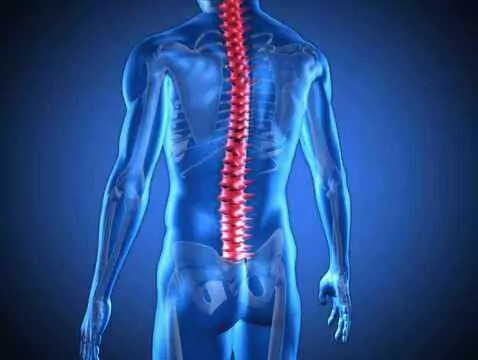S is a progressive neurodegenerative disorder that has an autoimmune basis. At present, medicine is unable to clearly define the pathomechanisms of this disease, as well as the drugs currently used, only have an inhibitory effect on the progression of symptoms. However, the influence of the female hormones oestrogen and progesterone on the immune system has been noted, and thus their effect on S. The ongoing research still needs to be confirmed, but is a starting point for the search for new therapeutic options.
Female hormones in S
The two most important groups of female hormones are oestrogens and progestogens, which belong to the steroid hormone group. Their role in women is the development and differentiation of the reproductive organs, and they are responsible for fertility and the maintenance of pregnancy. The process of their secretion takes place in the ovaries, and during pregnancy, the placenta is responsible for the secretion of these hormones. In smaller amounts, some oestrogens are also produced by the liver, adrenal glands, breasts and fat cells.
Estrogens affect cells through specific receptors, and their protective effects may be important in many CNS disorders, whether neurodegenerative or inflammatory, as well as in trauma. Indeed, positive effects of oestrogens have been demonstrated in conditions such as Alzheimer's disease, Parkinson's disease, strokes, spinal cord injuries and S. The mechanism of oestrogen's action on neurons is not fully understood, mainly due to its complexity, but research results clearly indicate their therapeutic effects on mitochondrial function, which plays a key role in regulating the energy balance of the cell.
Progestogens (or progestogens or gestagens), are a group of steroid hormones that include 16α-hydroxyprogesterone, 17α-hydroxyprogesterone, 20α-dihydroprogesterone, 5α-dihydroprogesterone, 11-deoxycorticosterone, 5α-dihydrodeoxycorticosterone and progesterone (P4), which is the most biologically important. It acts - like oestrogens - through specific membrane and nuclear receptors, as it can directly regulate gene transcription. Adequate, physiological levels of progesterone attenuate the cytotoxic and oxidative damage caused by glutamate or hypoglycaemia. From the conclusions drawn from the animal model, it appears that progesterone has a protective function towards neurons.
Experts can also confirm that both oestrogens and progestogens influence the immune response.
Pregnancy vs. S
The third trimester of pregnancy sees elevated levels of oestradiol and oestriol, as well as progesterone. It is during this period that estrogens and progestogens have the strongest effect on the immune system.
It has also been observed that increases in progesterone and oestradiol levels occur not only during pregnancy, but also at different stages of the menstrual cycle.

photo: panthermedia
Epidemiological data show that the highest incidence of S occurs during childbearing age. During pregnancy, profound changes take place in a woman's body, including changes in the functioning of the immune system, an area for which oestrogen and progestogen are largely responsible. Numerous studies have shown that pregnancy significantly affects the course of S, a fact that was pointed out many years ago, although specialists claim that it has no negative impact on the course of the disease. At the moment, medicine is unable to determine clearly the long-term effect of pregnancy on S, and although many studies have been carried out in this direction, they still need to be verified. To illustrate, the results of one study can be given as an example, where it was shown that among women who had RMRIS, the risk of achieving a score of 6 on the Expanded Movement Disability Scale was lower in women who had two children, compared to women without children.
Hence, attention is drawn to the ability of female hormones to modulate the immune system, mainly in the context of the impact of pregnancy on S. This provides a starting point for researchers, to explore new therapeutic options. [1]









